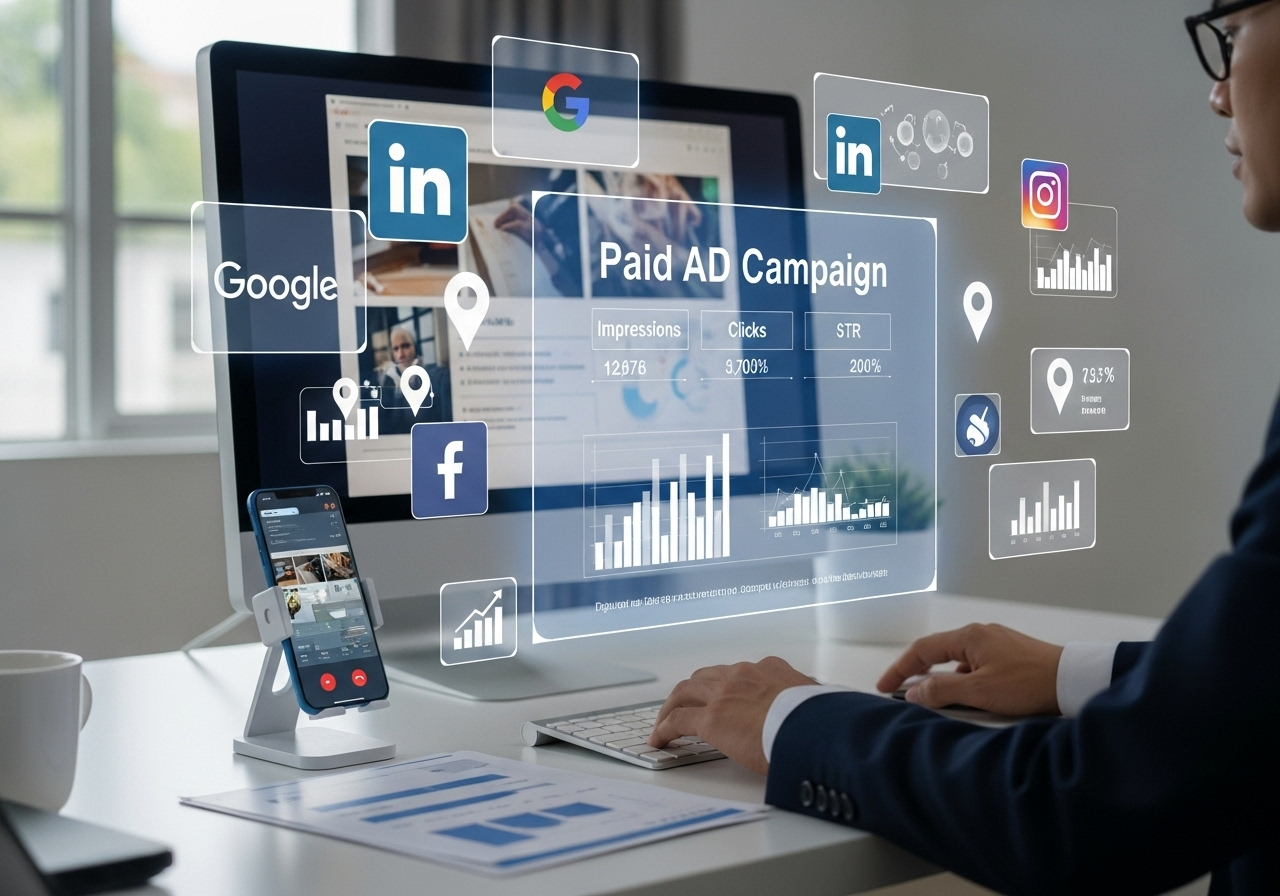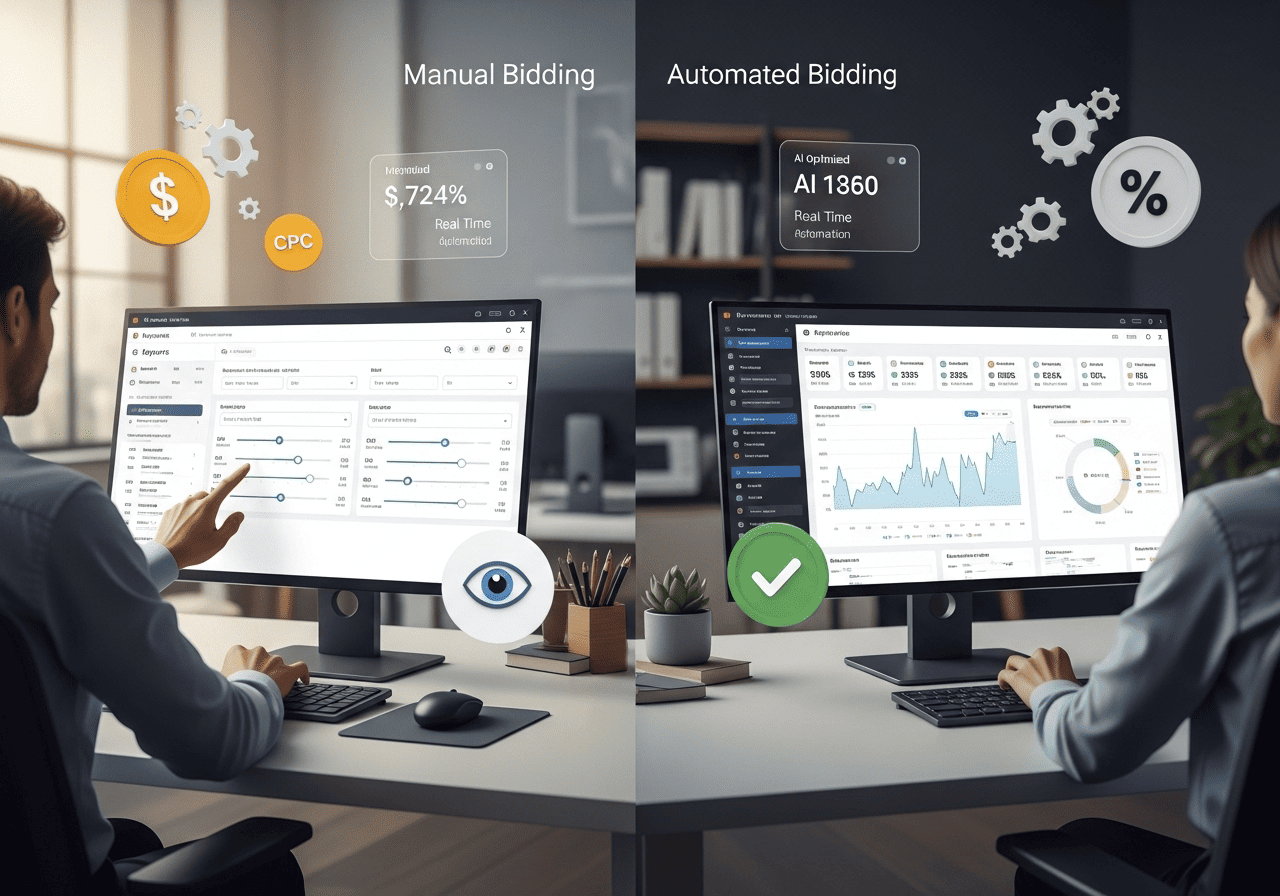Importance of Paid Advertising
Instant Visibility
Paid ads place your brand directly in front of targeted audiences, bypassing organic reach limitations. This results in immediate exposure on platforms like Google, Facebook, Instagram, and more.
Precise Targeting
With advanced targeting options, you can reach specific demographics, interests, behaviors, and even retarget website visitors—ensuring your ads reach the most relevant users.
Measurable Results
Paid advertising offers detailed performance metrics. You can track impressions, clicks, conversions, and ROI, allowing for constant optimization and smarter budget allocation.



